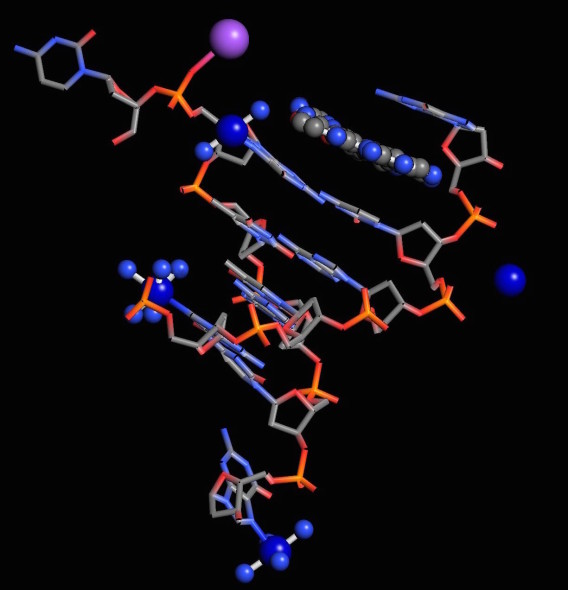
It’s well understood in science education that students are more engaged when they work on problems that matter. Right now, Zika virus matters. Zika is a very scary problem that matters a great deal to anyone who might want to start a family and greatly concerns my students. I teach a bioinformatics course where students use…
Did you know small fragments of DNA are circulating in your blood stream? These short pieces of DNA are left behind after cells self-destruct. This self-destruction, or apoptosis, is a normal process. In the case of fetal development, certain cells in our hands die, leaving behind individual fingers. Immune system cells leave traces of DNA…
Someone missed the memo. Over the past year, news and presentations by NIH leaders like Philip Bourne have communicated that the proliferation biologically focused databases is unsustainable. However, unlike last year, where the number of databases tracked by Nucleic Acids Research (NAR) dropped by three databases, 2015’s net growth was 136. Counting databases is hard As summarized in…
“By night all cats are gray” – Miguel Cervantes in Don Quixote I’ve always liked Siamese cats. Students do, too. “Why Siamese cats wear masks” is always a favorite story in genetics class. So, when I opened my January copy of The Science Teacher, I was thrilled to see an article on Siamese cat…
Imagine a simple hike in a grassy part of South America. You hear a rattle and feel a quick stab of pain as fangs sink into your leg. Toxins in the snake venom travel through your blood vessels and penetrate your skin. If the snake is a South American rattlesnake, Crotalus terrific duressis, one of those toxins will…
When finding a female scientists’ data turns into an archeological treasure hunt. A few months ago, I decided it would be interesting to celebrate various scientific contributions by making images of chemical / molecular structures in the Molecule World iPad app and posting them on Twitter (@MoleculeWorld). Whenever I can, I like to highlight scientific contributions from women…
When my parents were young, summer made cities a scary place for young families. My mother tells me children were often sent away from their homes to relatives in the country, if possible, and swimming pools were definitely off limits. The disease they feared, poliomyelitis, and the havoc it wrecked were the stuff of nightmares. Children…
We’ve been fans of the Molecule of the Month series by David Goodsell, for many years. Not only is Dr. Goodsell a talented artist but he writes very clear descriptions of the ways molecules like proteins, RNA, and DNA work together and function inside a cell. To learn about proteins and their activities, I like…
To have an effect, a molecule must bind to a receptor and trigger a signal. Studying a receptor’s structure can give us insights about the way this triggering process works. Capsaicin is a fascinating molecule that puts the “pep” into peppers. Curiously, the amount of capsaicin in a pepper is measured with a test devised in 1912 by…
National DNA Day has a fun challenge for teachers and classrooms using Pinterest. Your class can join a larger, national, effort to create a National DNA Day Pinterest board by making your own class Pinterest board on DNA, genetics, and genomics. Some possible topics are: Things to do with DNA DNA and health DNA and the Arts…







